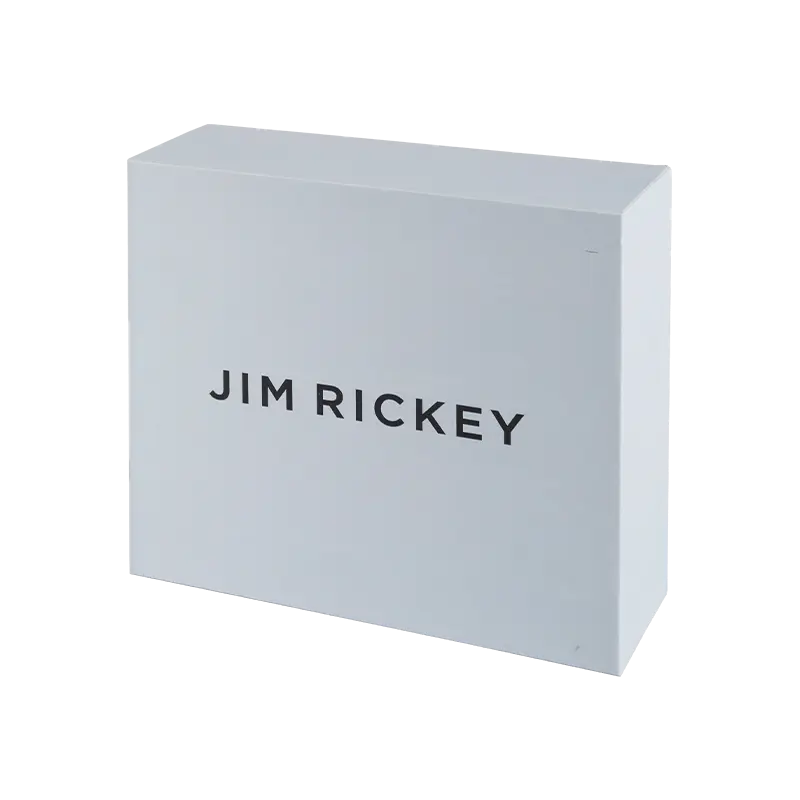In the process of designing and manufacturing the box, ensuring that the folds are accurately aligned and securely locked is a crucial aspect. This is not only related to the beautiful appearance of the box, but also directly related to the practicality and durability of the box.
1. Design stage
Precise measurements and calculations: At the beginning of the design, precise measurements and calculations of the size, shape and folding parts of the
box are required. Make sure every fold line, crease, and locking point is positioned exactly right. Using CAD (computer-aided design) software, a three-dimensional model of the box can be accurately drawn and tested at various angles and sizes.
Material Selection: Choosing the right material is crucial for the folding and locking of the
box. Generally speaking, materials such as paper, cardboard, or plastic board are common choices. Consider the thickness, stiffness, elasticity and durability of the material to ensure the box does not deform or become damaged during the folding and locking process.
Locking Mechanism Design: A well-designed locking mechanism is key to ensuring the box is securely locked. Locking can be achieved using slots, bumps, pins and other structures. The locking mechanism is designed to allow for smoothness and stability of the box during opening and closing.
Prototyping and testing: After the design is completed, one or more prototypes are made for actual testing. Check that the box meets the design requirements by repeatedly folding, opening and locking it.
Make necessary adjustments and optimizations to the design based on test results.
2. Manufacturing stage
Precise cutting and folding: Precise cutting is the basis for ensuring product quality and performance. During the cutting process, if the dimensions are inaccurate and the edges are uneven, it will have a negative impact on subsequent processes and even cause the product to be scrapped. Therefore, precise cutting is an integral part of the manufacturing process. Precise folding is important to maintain the shape and structure of the product. If the folding is not accurate, it will cause product deformation, misalignment and other problems, affecting the appearance and performance of the product. Therefore, precise folding is an aspect that cannot be ignored in the manufacturing process.
Quality control: Set up multiple quality control points during the manufacturing process and conduct strict inspections on each production link. Focused inspections are conducted on the alignment of the folded parts and the firmness of the locking mechanisms to ensure that each box meets quality requirements.
Locking mechanism installation: When installing the locking mechanism, ensure that its installation position is accurate, firm and reliable. Use appropriate glue, screws, or other fasteners to ensure a secure connection between the locking mechanism and the body of the box.
Finished product inspection: After production is completed, each finished product is inspected in detail. Check the alignment of its folds, the firmness of its locking mechanism, and its overall appearance and performance. Rework or scrap finished products that do not meet requirements.
Packaging and shipping:
During the packaging process, make sure that the box is not damaged or deformed during transportation.
Use appropriate packaging materials and packaging to protect the box, and label the packaging with proper shipping and storage instructions.
3. Continuous improvement and optimization
Collect feedback: After the box is put into use, actively collect user feedback and opinions. Carefully analyze the issues mentioned in the feedback and identify the root causes and solutions.
Design optimization: Continuously improve and optimize the design and manufacturing process of the box based on user feedback and changes in market demand. Introducing new materials, processes and technologies to improve the quality and performance of the
box.
By implementing the above measures, it is possible to ensure that the folded parts of the box are accurately aligned and securely locked during the design and manufacturing process. This not only improves the practicality and durability of the box, but also enhances user satisfaction and trust in the product.


